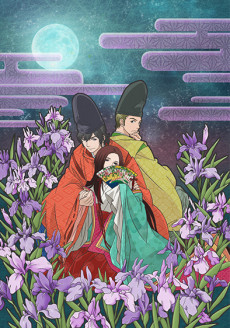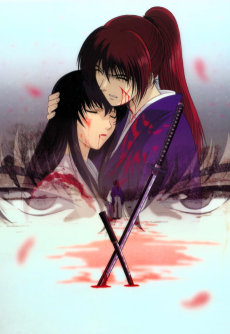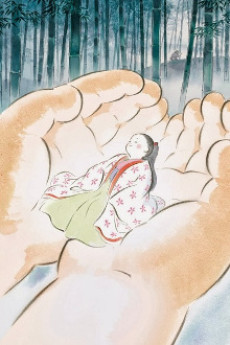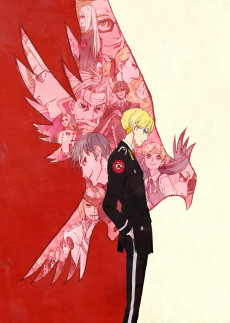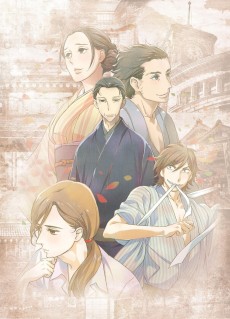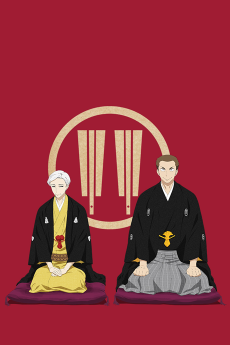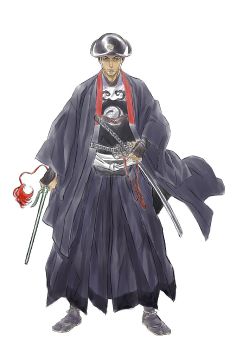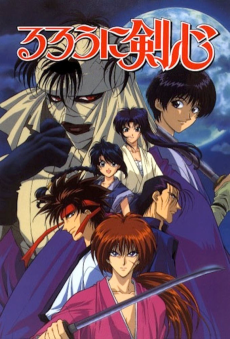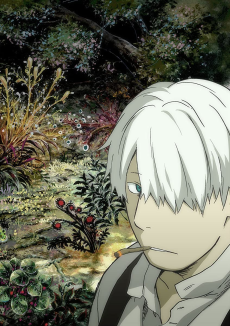SARAIYA GOYOU
STATUS
COMPLETE
EPISODES
12
RELEASE
July 2, 2010
LENGTH
23 min
DESCRIPTION
Masterless samurai Akitsu Masanosuke is a skilled and loyal swordsman, but his naïve, diffident nature has more than once caused him to be let go by the lords who employ him. Hungry and desperate, he agrees to become a bodyguard for Yaichi, the charismatic leader of a group calling itself “Five Leaves.” Although disturbed by the gang’s sinister activities, Masa begins to suspect that Yaichi’s motivations are not what they seem. And despite his misgivings, the deeper he’s drawn into the world of the Five Leaves, the more he finds himself fascinated by these devious, mysterious outlaws.
(Source: Viz Media)
CAST
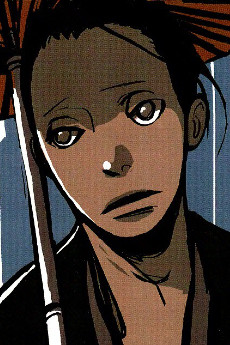
Masanosuke Akitsu

Daisuke Namikawa
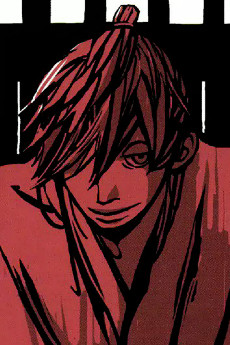
Yaichi
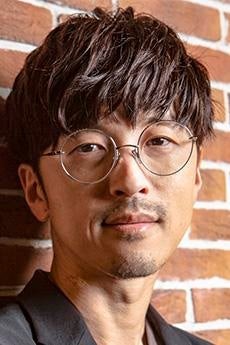
Takahiro Sakurai

Take

Fuyuka Ooura
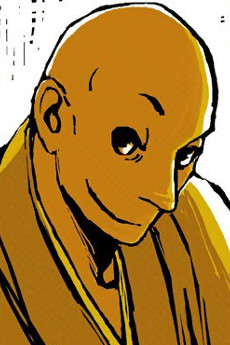
Umezou
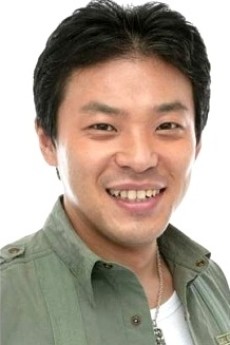
Masaya Takatsuka
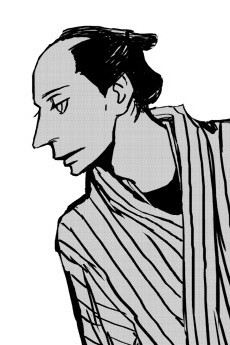
Matsukichi
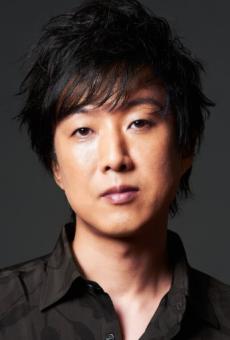
Yuuya Uchida
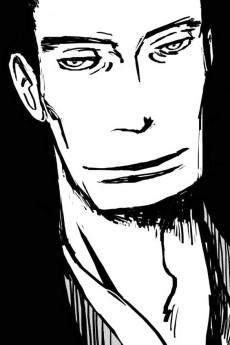
Heizaemon Yagi
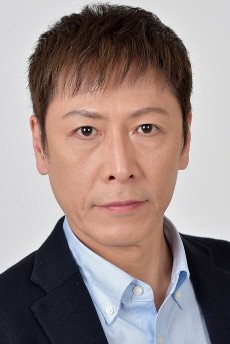
Hiroyuki Kinoshita

Kinu

Ao Takahashi
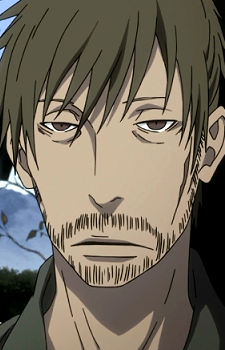
Jin
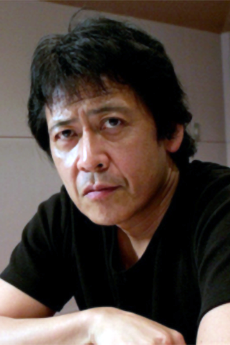
Rintarou Nishi

Senkichi
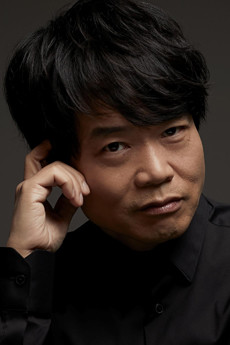
Kazuya Nakai
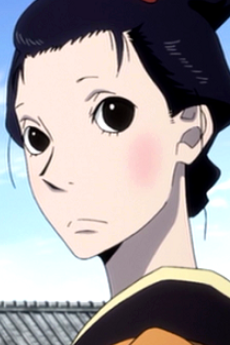
Sachi Akitsu

Satomi Yamagata
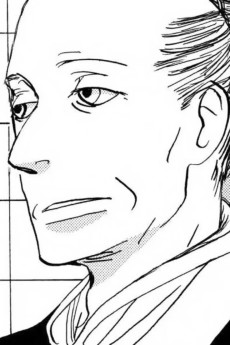
Souji
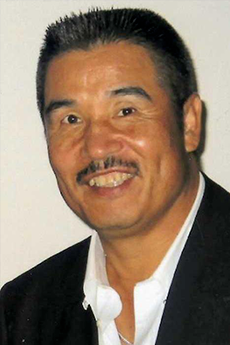
Katsuhisa Houki
EPISODES
Dubbed
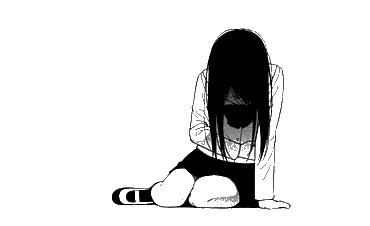
Not available on crunchyroll
RELATED TO SARAIYA GOYOU
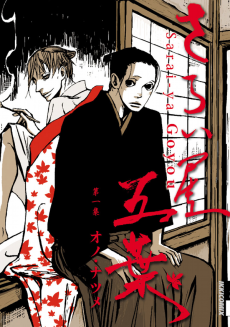 MANGA ActionSaraiya Goyou
MANGA ActionSaraiya GoyouREVIEWS

BirdmanFuji
85/100An Underappreciated Show That Embraces The Art Of StorytellingContinue on AniList[Semi Spoilers Ahead]
The House Of Five Leaves is very underappreciated for what it's worth. It had something that made it unique from an average samurai story; it doesn't focus on the action aspect, but rather on the storytelling. It may sound uneventful, but as the story progress one may find themselves hooked to the beautiful narrative as it unravels the details that delicately holds it together.
Story and Characters
One needs patience in able to divulge themselves into the story. Each episode looks simplistic but carries a heavy narrative that drives the viewers to submerge into the settings and characters. It has this ability to turn dull events into something interesting through the dialogue and storytelling. The show puts the viewer in different point of views without straying away from the protagonist to understand all characters thoroughly. It is important because they are the pillars to the story. The characters present themselves with mystery at first then slowly the narrative unravels their inner psyche and show a totally different motif making one question their judgment and knowledge about them. It is quite exciting. It makes one wonder, is what they're doing right or wrong? Who can you trust? All the questions one might have isn't directly answered, but instead gives one an idea to make an answer. I think that's the beauty of it.The Five Leaves consists of an impressionable leader, a shop owner, a craftsman, a "retired" geisha and later joining them the protagonist, a jobless samurai. Each of them have unique characteristics, background, and beliefs. Despite their differences, they manage to work together and perform successfully. The show did great presenting the characters in each of their own way and their relationship with each other.
Out of all the characters Yaichi is the most intriguing. He is very mysterious and does not like to talk about himself. This is where our protagonist Masa comes in. He, being curious about Yaichi's background, gathered information through different ways and slowly fits the puzzle that is a big part of the story. Through his journey learning about Yaichi, he also learns about the other characters' stories that is in one way connected to Yaichi.
What do they do?
Well the Five Leaves commit illegal activities, the main being kidnapping for ransom, to make money. It may sound like it's action packed but remember what I said in the beginning? Their missions mostly consists of information gathering rather than fighting. But that doesn't exclude action from the series. The show definitely have action that are just perfect for the story. What makes these moments way more intense is that, since the show is story driven, it shows the importance of the scenes and adds tension.Stealing (kidnapping) is very symbolic in the show. It's not just to make money, it's connected to things that will later be revealed to the viewer. Like I said, the show will make one question their own judgment about what is right or wrong.
Despite their savage ways, the characters are realistic and it complements the simplistic atmosphere of the show.
Art and Animation
The people are divided when it comes to the art. It is quite unique. If you're one of the people who doesn't sit well with the art, let me say this. Please overlook it and give it a chance. The art does not dictate the story. In my opinion, the art beautiful and is quite fitting.The art is heavy yet light at the same time. The heaviness represents the deep narrative carry while the lightness shows the, again, simplistic and relaxing part of the show. An example of heaviness is their eyes. The gloomy look hints that there is more to them than what they seem and pulls in the viewer. An example of lightness is the settings/background, going back to what I said about the atmosphere, simplistic and relaxing.
The animation is stunning. The fluidity of the movements complemented the art very well.

These two aspects were able to deliver the story beautifully.
Sounds
The show uses beautiful traditional Japanese music to represent the current era they live in. Using the instruments, they were able to create a story that is filled with emotions and complexity. It complemented the narrative and animation quite stunningly. One of my favorite OST from the show isListening from this, one can truly feel the sorrow hidden by the enticing tune.
Conclusion
The House Of Five Leaves embraces the art of storytelling without leaving out the other aspects that makes a show great. It is very detailed and I find it very impressive how the story/show is able to put together intensity and simplicity. Although, it is understandable that it is not for everyone. Some may find it dull, but thats completely subjective. If you liked Mushishi or Samurai Champloo, I recommended this.
Fleur
90/100Saraiya Goyou is more like an impressionistic painting, requiring patience to fully appreciate the details.Continue on AniListThe streets glow with a crimson hue.
Upon closer gaze, a pattern of five-pointed leaves stained with a fiery red flutter in synchronized elegance, encapsulating the essence of an enigmatic tale told in the 12-episode anime titled Saraiya Goyou or House of Five Leaves. Based on the manga by Natsume Ono, Saraiya Goyou tells a slow-burning narrative revolving around an unemployed samurai named Masa, who in simple desperation, finds himself hired by Yaichi – the leader of a small band of thieves who call themselves the Five Leaves.
The bulk of the series focuses on the dynamics between the members of the Five Leaves, specifically Masa and Yaichi. Naturally then, this series is an entirely character-driven drama that entices with a very clear handle on its ambitions. Surprisingly enough, the fundamental strength of this series comes from its ability to deceive; from the characters to its progression. The series keeps itself under a veil, revealing in perfect doses, what’s necessary to tempt and assume, only to taunt those assumptions back into their flawed origins. It is in no way a standard samurai tale featuring spectacular sword fights or thrilling wars between conflicted states; rather it aims to do something far more basic than that and that is to tell an unassuming story about individuals trying to find their place in a fragmented society, where meaning is lost, and relationships are forged through coin and sin.
The character’s journey to find sanctuary, belonging, and one’s self - when there seems to be very little hope - is a premise that echoes throughout time and land, and can be found really in every medium. What sets Saraiya Goyou apart in its story-telling is the mechanics it uses and the subtlety it does it with. All of the characters that are part of the “Five Leaves” find themselves together, bound by an unspoken contract and sense of camaraderie, but what’s important here is: why? The manner in which the series examines each individual’s motivation for doing so is nothing short of magnificent. Under the ruse of “criminal activities” whether its kidnappings, or thievery, or blackmail, the activities of “Five Leaves” are never the focal point, but rather it’s the interactions, reactions, and the impact of each respective crime on the band, and the individual characters themselves and that's what elevates the series. Thus, the show is able to streamline what it wants to do at all time, which is fleshing out the characters with every scene, and it does that, without skipping a beat.
As the crimes escalate in risk, so do the vulnerabilities and traits of the characters regardless of how deceptive they may have seemed, initially, which brings up the strengths in the development of the individual characters. From the naïve, black-eyed Masa who suffers from a lack of confidence in his craft and himself; to the enigmatic white-haired, powder-blue eyed Yaichi with a seriously deceptive smile; to the reserved, lone-wolf-type Matsu – the gang’s spy – who is as reckless as he is reserved; to Take, the sultry geisha with a sharp tongue and undying loyalty to the gang; to Umezou, the unofficial member with a stained past trying to clean up his present and future, yet offers the Five Leaves his tavern as their meeting place. All of these characters with their idiosyncrasies and quirks are a pleasure to witness as they try to fulfill their own goals while maintaining the House of Five Leaves. It is astounding the amount of meticulous effort that went into each gesture, interaction, and conversation when evaluated elementally, and how those come together to give dimension to each character, and the relationships that come as a product.
The last defining point of the characters is their design. Saraiya Goyou is not only unique in its content, but also in technical achievement and aesthetical quality. The art-style of this series is very peculiar. Uneven lines, big circular eyes blobbed with a simple pattern and one color, mouths drawn in a way to make the Joker envious - the way the artistic design comes together is indeed very different, but for a series as out-standing, as it is, it complements it perfectly.
Even the background art and the music that accompanied the story-telling were equally fitting such as the subdued use of color except for very intentional markers such as the crimson leaf, or Yaichi’s eyes, or objects that consistently enhanced the mood or scene, contextually or situationally. The serene shamisen accompanied by the jubilant accordion and flute seemed to be the instruments of choice and bode well, as they really heightened the time-period it was depicting. Overall, every element seems to have been crafted only to tell this story, and Saraiya Goyou is that series where everything just came together in just the right way.
As slow-burning as this show is, it’s worth experiencing for all those who enjoy a well-seasoned, character-driven tale. It isn’t flashy. It isn’t in your face. Saraiya Goyou is more like an impressionistic painting, which requires patience to fully appreciate the details. The strengths lie deeper than a first-look like within its stylistic choices, its clandestine characters, its simplicity, and unparalleled elegance.
Though, don’t be deceived; even though it may run at a relaxed pace and seem indifferent to action, the impassioned crimson-hearted House of Five Leaves and their members will surely persuade you to stay until the end…

chezaye
95/100An anime that silently intertwines personal life stories in a delightful way.Continue on AniListSpoilers ahead!
When I started watching Saraiya Goyo I had no expectations at all. I was looking for a short anime to watch, hoping it would have entertained me the way action anime, and samurai stories generally do. I was wrong, and I also honestly felt super dumb to have discovered this pearl only now!
The anime is set during Japan's Edo period, characterized by economic growth, social order, isolationist policies and popular enjoyment of arts and culture; samurai, craftsmen and merchants lived in the cities. In particular, samurai could choose whether to give up their sword and become peasants, or move to the city of their feudal lord (shōgun) and become paid retainers. Masanosuke Akitsu (Masa) is a samurai (a rōnin, precisely), and a skilled swordsman. He wants to find a feudal lord to serve with his abilities, but his timid and "unreliable" personality often leaves him unemployed. He is determined to find a job in the city, though, since he needs a stable job in order to send some money back at home, which he stubbornly avoids. His immortally sad and pouty face doesn't exactly help him to find an occupation, until a misterious man who tells him: "Edo does not need sad faces" (or something like that) offers him a job as his bodyguard, a yojimbo.
The misterious man, called Yaichi, reveals to be the charismatic leader of a group of bandits. I found great that he somehow collected some people who suffered in their lives, the "sad faces" Edo ignores and nobody keeps an eye on, and completes his circle with Masa, which is actually sad and worried all the time. He is reluctant at first and tries to be cautious, but Yaichi already casted his spell on him, who decides to join his group and dig further in the background of the misterious man who hired him.
Yaichi's group is a team of bandits who call themselves the "Five Leaves", and Masa simply becomes the fifth member along with the owner of a tavern (Umezo), a thief and artisan (Matsukichi), a former prostitute (Otake) and Yaichi himself, whose past is left unknown until the end of the anime. Yaichi operates as a leader and "adhesive substance" in the group, which was firstly created for a noble cause: to take vengeance on a man who sexually harassed Umezo's daughter. Masa has his own issues with his past, his personality and the anxiety that envelopes him when too many people stare at him, but he somehow grows during the story and learns to accept his kind nature and the kindness hidden in these misterious people, as well.
As the story reveals itself, nor too slowly nor too fast-paced, it's possible to fully appreciate this anime. And I mean, deeply. The characters design is, at first, kind of disturbing: tall figures, long mouths, bizarre eyes. However, as one gets used to it, it's possible to appreciate the animation which indulges more, with abundance of details, on objects worthy of attention. Even though the story is pretty engaging, when people think of samurai and the underworld, constant action and bloodbaths are anticipated. This anime is surprising in a sense that action is always present, sometimes it's suppressed and awaits in the background, but it's never too forced. The Five Leaves are heterogeneous, and their criminal deeds are not hazardous, nor particularly violent. They still have their own things to do in everyday life, do not intend to commit their lives only to criminality, and just enjoy the company of each other. As a result, it's rare to see cruel fights and Masa drawing his sword. Rather, the power of this anime lies in the storytelling. It's not hard to keep pace with the disclosure of life pieces, but as the characters are introduced and their intertwined lives slowly make sense to us, we are drawn further in the story. Even some minor characters, such as Masa's sister, get to be introduced and appear on screen, which is enjoyable.
I liked that the name of the organization makes sense after all, since it is inspired by the shape of a scar inflicted on Yaichi's back, which Otake found pretty rather than disgusting, and took it as an inspiration for the group's name. Every member of the Five Leaves is bound to Yaichi, who either saved or helped them in many ways, so it's natural that everything traces back to him. And even though he is the beginning of everything, his painful story gets to be hinted at flashbacks during the episodes, and fully disclosed only at the end.
The soundtrack is amazing: the opening and ending are fresh, contemporary, and demostrate that it's still possible, in modern times, to indulge in storytelling without forcefully insert fighting scenes to draw the attention of the audience. At the same time, the story is obviously set in a distant time in history, so that the soundtrack resonates deeply with Japanese traditional music. It's amazing that, even during some heartfelt dialogues between the characters, the music suggests that we should expect a sudden turn of events, like the background action and anticipation I mentioned before.
SIMILAR ANIMES YOU MAY LIKE
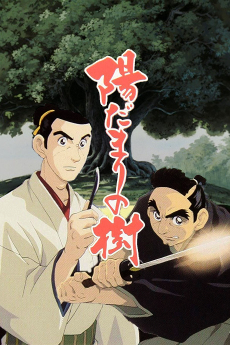 ANIME DramaHidamari no Ki
ANIME DramaHidamari no Ki ANIME ComedyHyouge Mono
ANIME ComedyHyouge Mono ONA ActionGREAT PRETENDER
ONA ActionGREAT PRETENDER
SCORE
- (3.75/5)
MORE INFO
Ended inJuly 2, 2010
Main Studio Manglobe
Trending Level 1
Favorited by 398 Users

